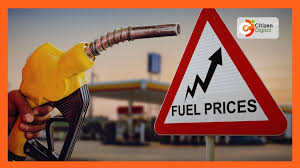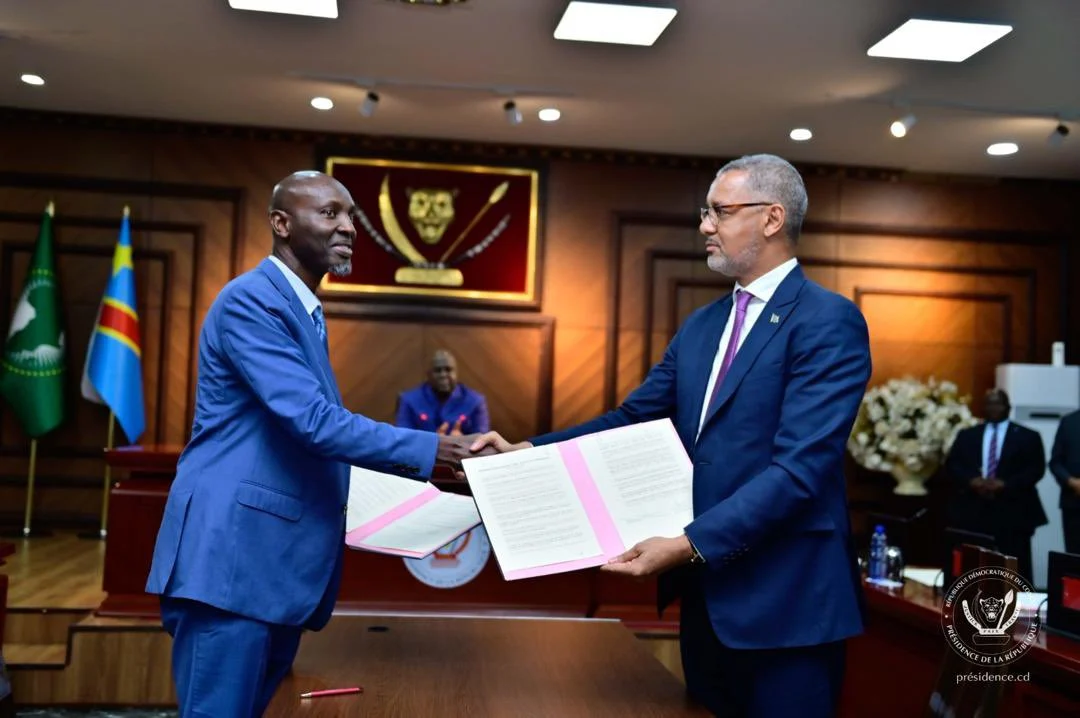Kenya has recently experienced a sharp increase in fuel prices, causing frustration among many citizens. On Monday, the Energy and Petroleum Regulatory Authority (EPRA) raised the prices of petrol, diesel, and kerosene by about Ksh 8.99, Ksh 8.67, and Ksh 9.65 per litre, respectively. This means that as of now, petrol costs Ksh 186.31 per litre in Nairobi, diesel is Ksh 171.58, and kerosene sells at Ksh 156.58.
EPRA explained that the price hike is mainly due to increased landed costs of petroleum products. For example, the average landed cost of Super Petrol rose by 6.45% from Ksh 76,436 per cubic metre in May to Ksh 81,169 in June 2025. Similar rises affected diesel and kerosene prices, driven by global oil market trends, rising freight charges, and changes in the exchange rate between the Kenyan shilling and the US dollar.
Treasury Cabinet Secretary John Mbadi pointed to global disruptions, including the conflict between Israel and Iran, as key reasons behind the sudden jump in fuel prices. Energy Cabinet Secretary Opiyo Wandayi has reassured the public that this increase is temporary and expects prices to drop in the coming months.
But how does EPRA decide the price of fuel?
EPRA uses a clear formula to calculate fuel prices every month under the Petroleum Pricing Regulations, 2022. Prices are reviewed on the 14th of each month and applied from the 15th. The formula takes into account:
International crude oil prices, which affect the cost of refined products.
Exchange rates, especially between the US dollar and Kenyan shilling, influencing import costs.
Local taxes and levies such as excise duty, petroleum development levy, and road maintenance levy.
Freight and insurance charges for fuel arriving through the Port of Mombasa.
Storage and distribution costs from depots to fuel stations.
Regulated profit margins for oil marketers and dealers to keep prices fair.
A key part of the calculation is the weighted average cost of fuel imports arriving at the Port of Mombasa between the 10th of the previous month and the 9th of the current month.
This pricing system is based on a Cost-of-Service Study, a detailed review involving input from various stakeholders and the public. The latest study, effective from February 2025, aims to reflect the true costs of the Kenyan fuel supply chain.
EPRA’s authority to set maximum wholesale and retail prices comes from the Petroleum Act of 2019 and Legal Notice No.192 of 2022. Although the process is meant to be transparent, many Kenyans remain skeptical, especially with the frequent and steep fuel price increases.



